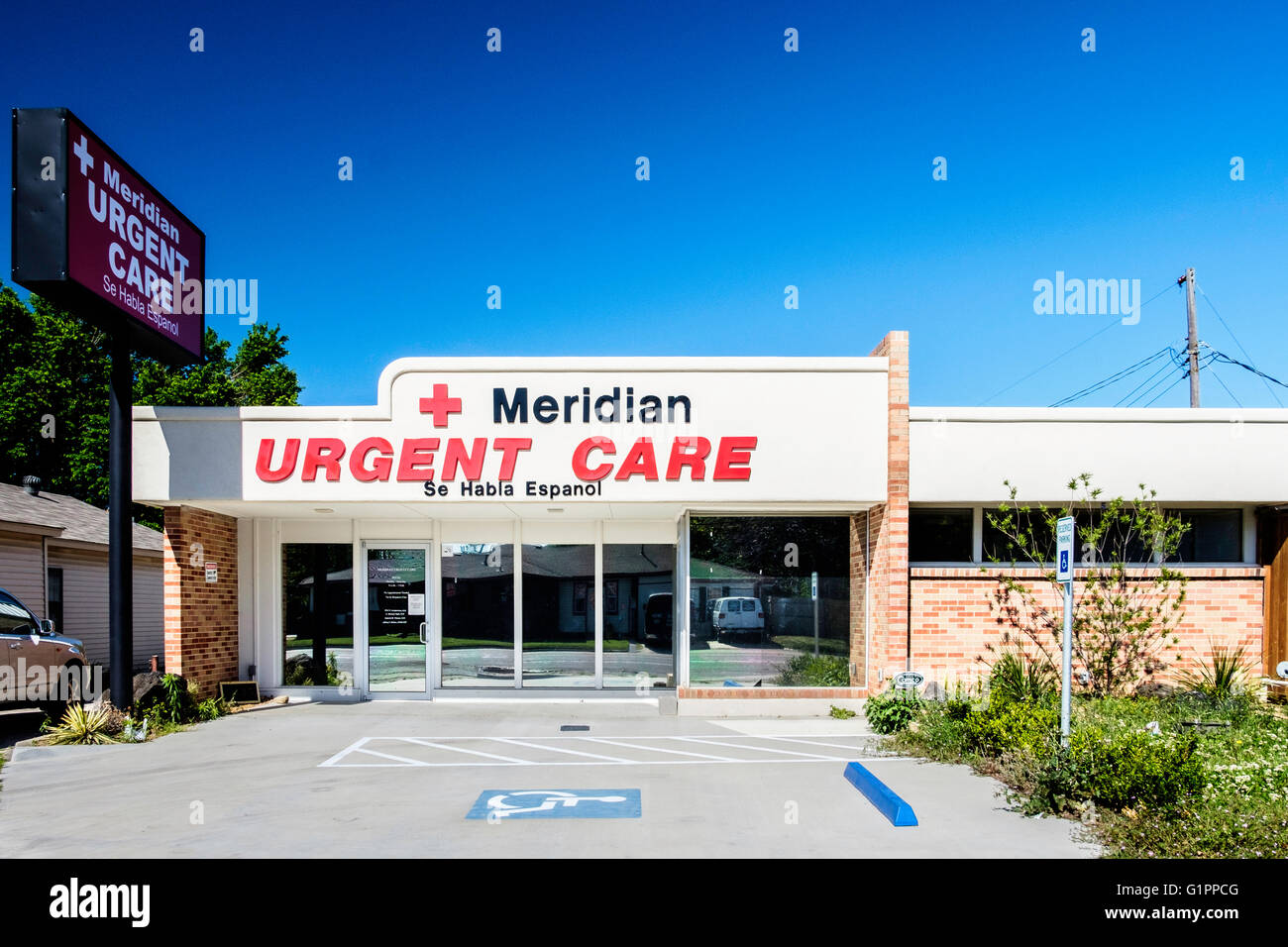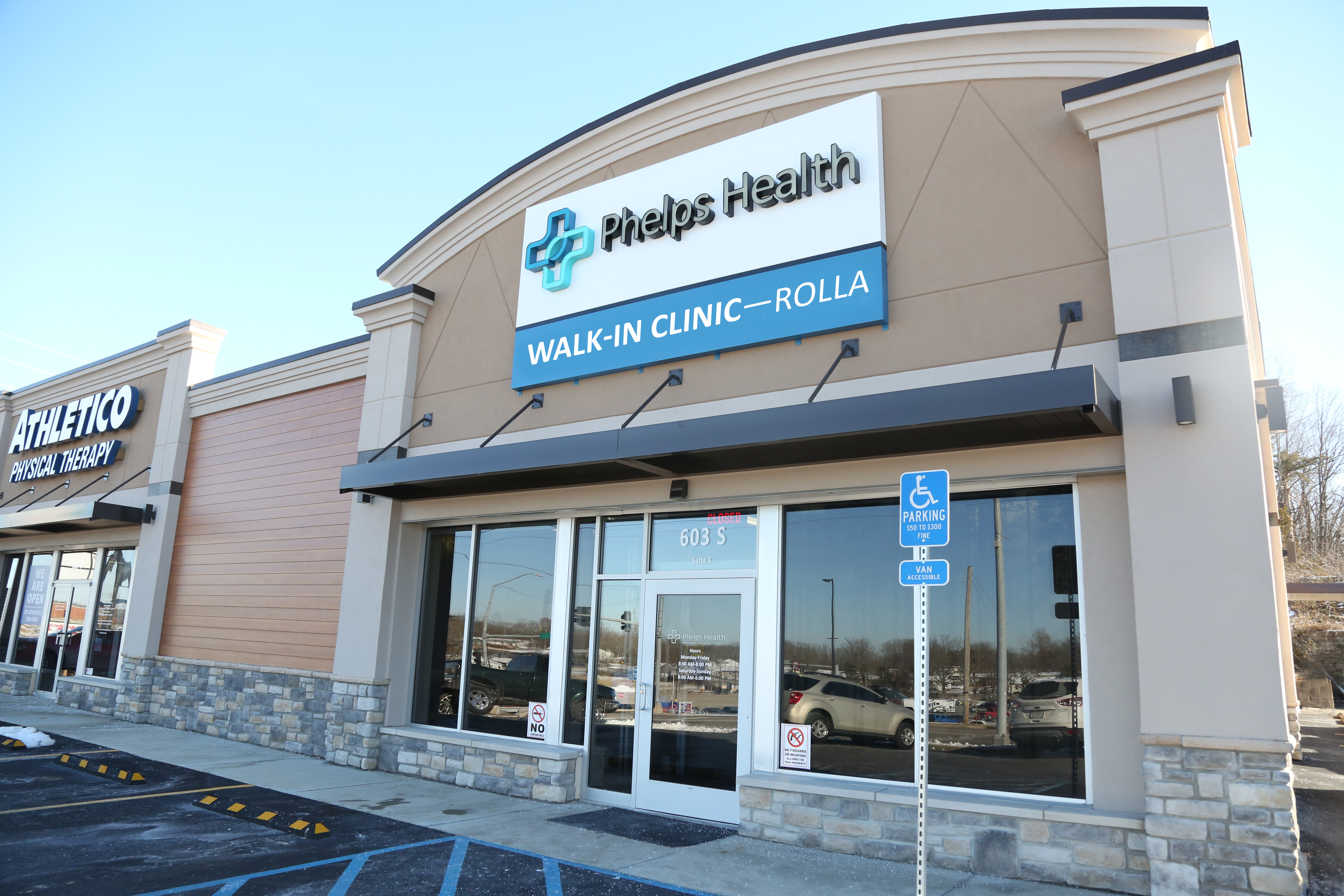Comprehending the Function of Urgent Treatment in Offering Timely Therapy for Non-Life-Threatening Conditions
Immediate care centers have arised as a crucial element of the medical care landscape, resolving the prompt needs of people with non-life-threatening conditions. Recognizing the nuances of immediate care can dramatically impact client end results and the general effectiveness of health care distribution.
What Is Urgent Treatment?
Urgent treatment describes a category of medical solutions created to resolve non-life-threatening problems that require immediate focus. These facilities offer as an intermediary in between primary treatment physicians and emergency clinic, providing a practical option for clients who need punctual treatment without the extensive waiting times generally connected with emergency divisions.
Immediate treatment centers are usually staffed by clinical experts, including doctors, nurse practitioners, and physician assistants, who are trained to detect and deal with a broad variety of problems. Usual solutions given by these centers include treatment for small injuries, diseases, and infections, along with analysis examinations such as X-rays and lab job.
The availability of urgent treatment is a key factor in its appeal, as many facilities run past regular workplace hours, including evenings and weekends. This prolonged accessibility permits people to receive timely treatment when their health care company may not be accessible. In addition, immediate care facilities commonly approve walk-in people, eliminating the demand for visits. Generally, urgent treatment plays a crucial role in the medical care system, guaranteeing individuals can access crucial medical services promptly and efficiently.

When to seek treatment at an immediate care facility instead of a main care medical professional or an emergency space,Many individuals may discover themselves unclear about. Immediate care is developed to deal with non-life-threatening conditions that call for punctual focus however are not extreme enough to necessitate an emergency clinic visit.
Generally, one should take into consideration immediate care for problems such as small cracks, sprains, cuts needing stitches, or infections like urinary system tract infections. In addition, cool or influenza signs, rashes, and allergies can additionally be suitably taken care of in this setting.
It is essential to note that urgent care is not ideal for life-threatening emergencies, such as chest discomfort, problem breathing, or serious bleeding, which necessitate instant emergency clinic intervention.
People who do not have accessibility to a main treatment doctor or can not safeguard a prompt visit might also take advantage of urgent treatment solutions. Eventually, understanding when to make use of urgent treatment can result in much more reliable medical care delivery, enabling people to obtain the suitable level of care based on their details wellness demands.
Benefits of Urgent Treatment Centers
Choosing immediate care facilities for non-life-threatening problems offers a number of benefits that improve individual experience and access. One primary advantage is the reduced wait times compared to conventional emergency spaces. Urgent treatment centers normally operate a first-come, first-served basis, permitting individuals to receive timely clinical interest without the lengthy delays usually linked with health center settings.
Furthermore, urgent treatment facilities provide extended hours, including nights and weekend breaks, suiting people with varying routines. go to these guys This flexibility guarantees that people can seek treatment when it is most convenient for them, better advertising prompt intervention.

Furthermore, these facilities typically supply a detailed series of services, including analysis tests and minor treatments, all under one roof covering. This combination of solutions not just enhances the patient experience but additionally promotes a more cohesive strategy to handling non-life-threatening health and wellness problems, eventually profiting overall patient results.
Common Conditions Dealt With
At urgent treatment facilities, a range of non-life-threatening conditions can be successfully treated, offering clients with prompt and obtainable medical support. These centers are especially proficient at dealing with concerns that need punctual focus yet do not position an instant threat to life or limb.
Common conditions treated at urgent treatment centers include minor injuries such as strains, strains, and cracks. Furthermore, they handle illnesses like colds, influenza, and infections, consisting of urinary system tract infections and sinusitis. Skin problems, varying from rashes to insect attacks, are additionally frequently resolved. Urgent treatment centers are geared up to carry out essential analysis examinations, such as X-rays and research laboratory examinations, allowing them to provide thorough treatment.
Additionally, urgent care providers can administer inoculations, assisting to stop the spread of transmittable diseases - Urgent Care. They likewise provide solutions for small treatments, such as suturing wounds or draining abscesses. By supplying these diverse services, urgent care facilities play an essential function in connecting the gap in between medical care and emergency situation solutions, making sure clients obtain timely treatment for a wide variety of problems without the need for long haul times generally connected with emergency clinic
Just How Urgent Care Supports Medical Care System
Immediate care facilities play a critical function in sustaining the general health care system by alleviating the concern on emergency departments and providing timely access to healthcare for non-life-threatening conditions. By dealing with instances such as minor injuries, infections, and illnesses, urgent treatment facilities permit emergency divisions to concentrate on more important patients needing instant attention.
Furthermore, immediate additional info care facilities boost healthcare access, offering extensive hours and a more convenient alternative to conventional medical care settings. This access is specifically beneficial for clients that might not have a normal doctor or who need prompt treatment outside of common office hours. Therefore, urgent treatment centers effectively minimize wait times and enhance person satisfaction.
Furthermore, immediate care facilities add to set you back savings for both clients and the health my response care system by providing lower-cost solutions compared to emergency situation departments. This monetary efficiency is vital in an era of increasing health care prices, enabling individuals to get necessary care without incurring inflated costs.
Verdict
Finally, urgent care facilities play an important role in the healthcare system by supplying timely treatment for non-life-threatening conditions. By bridging the void in between key treatment and emergency situation rooms, these facilities guarantee that clients obtain prompt medical focus without the lengthy delay times usually connected with emergency situation divisions. The accessibility and effectiveness of immediate treatment centers add significantly to minimizing the overall concern on health care resources, boosting individual end results, and advertising an extra reliable medical care delivery system.
Immediate care facilities have emerged as an important part of the medical care landscape, addressing the prompt demands of clients with non-life-threatening conditions. Immediate care sees generally sustain lower out-of-pocket expenditures contrasted to emergency situation department brows through, making care a lot more budget friendly for people without compromising top quality. Immediate care centers are outfitted to execute needed diagnostic examinations, such as X-rays and laboratory examinations, enabling them to give extensive care.
By supplying these diverse services, urgent treatment facilities play a vital function in linking the gap in between key treatment and emergency solutions, guaranteeing patients obtain prompt treatment for a vast variety of problems without the demand for lengthy delay times typically connected with emergency areas.
Furthermore, urgent treatment centers improve health care accessibility, offering prolonged hours and an extra hassle-free alternative to traditional primary care settings.